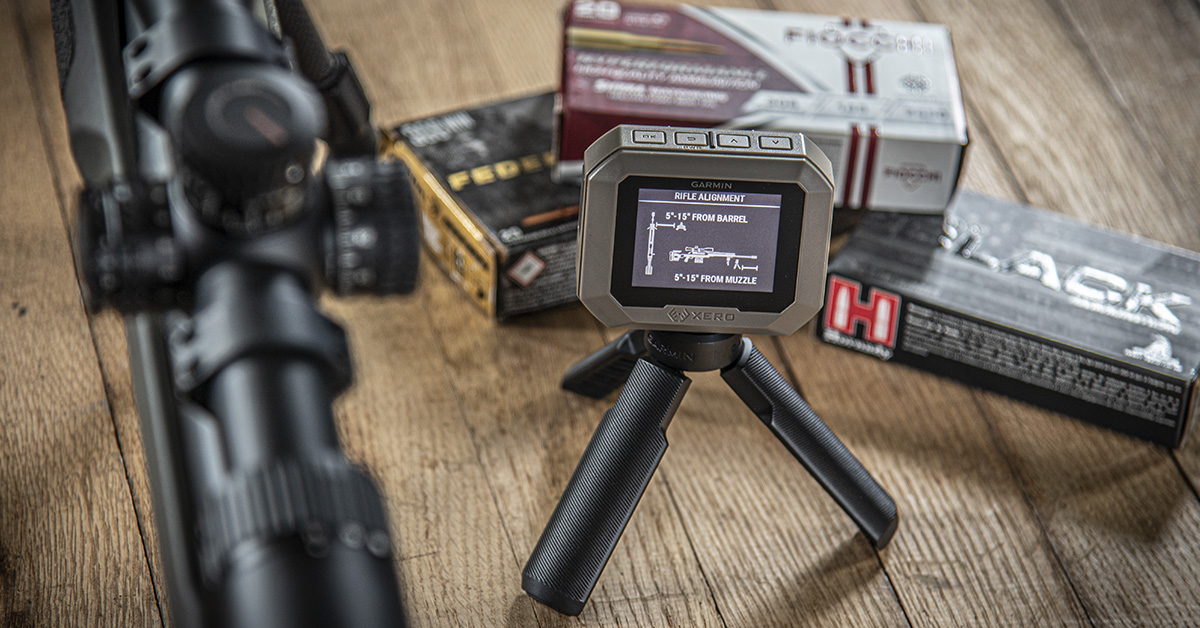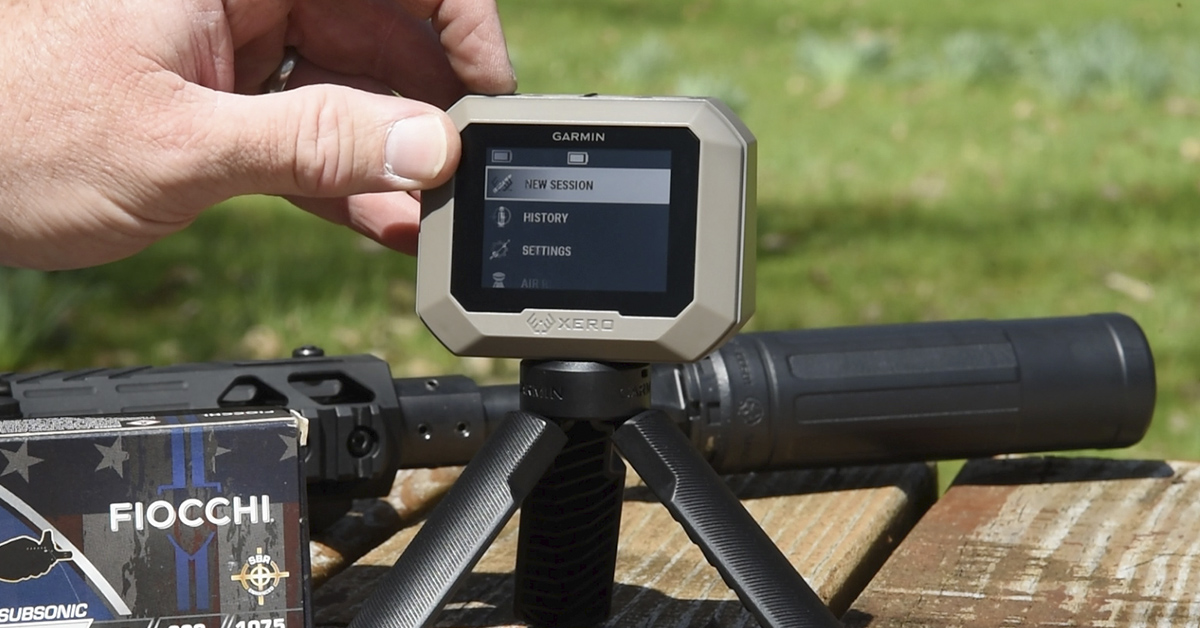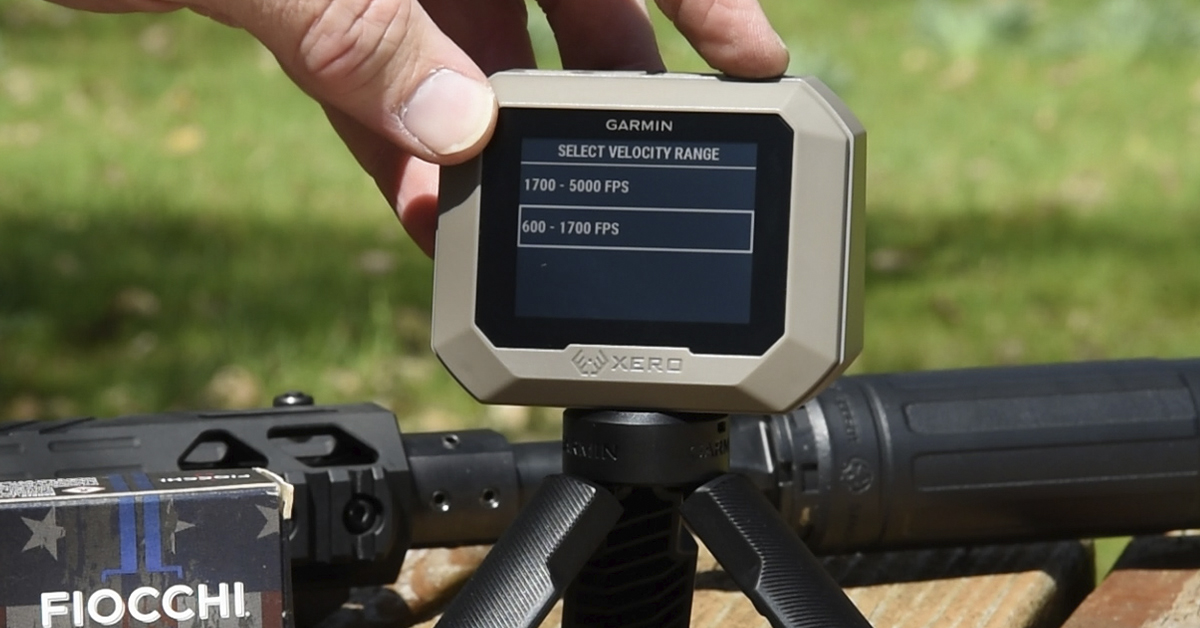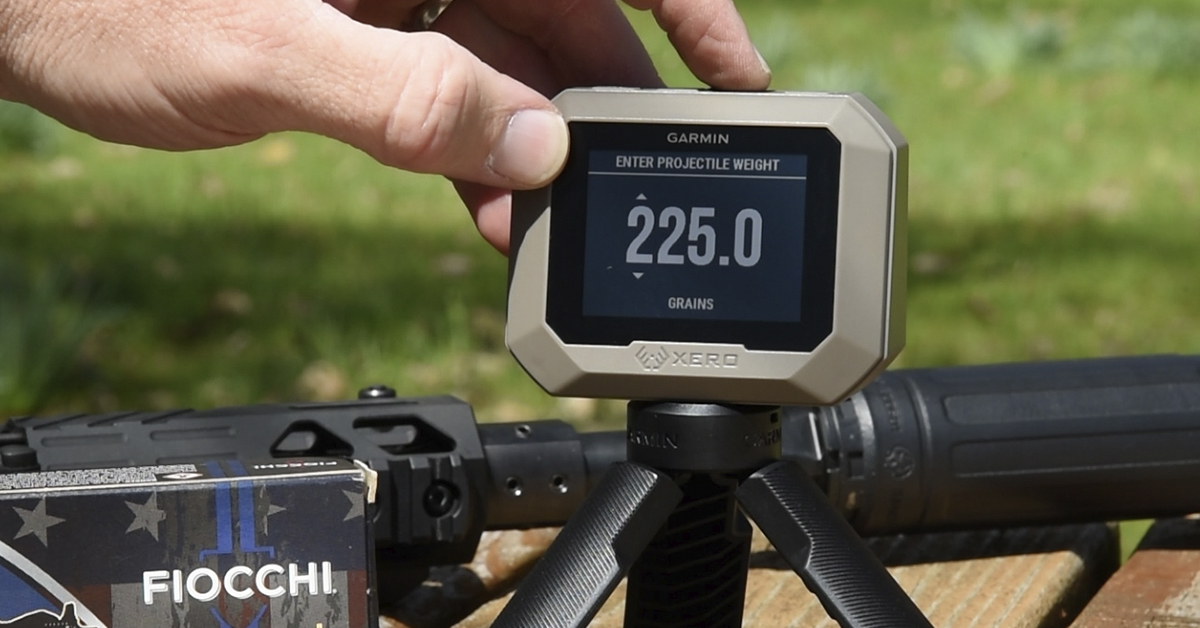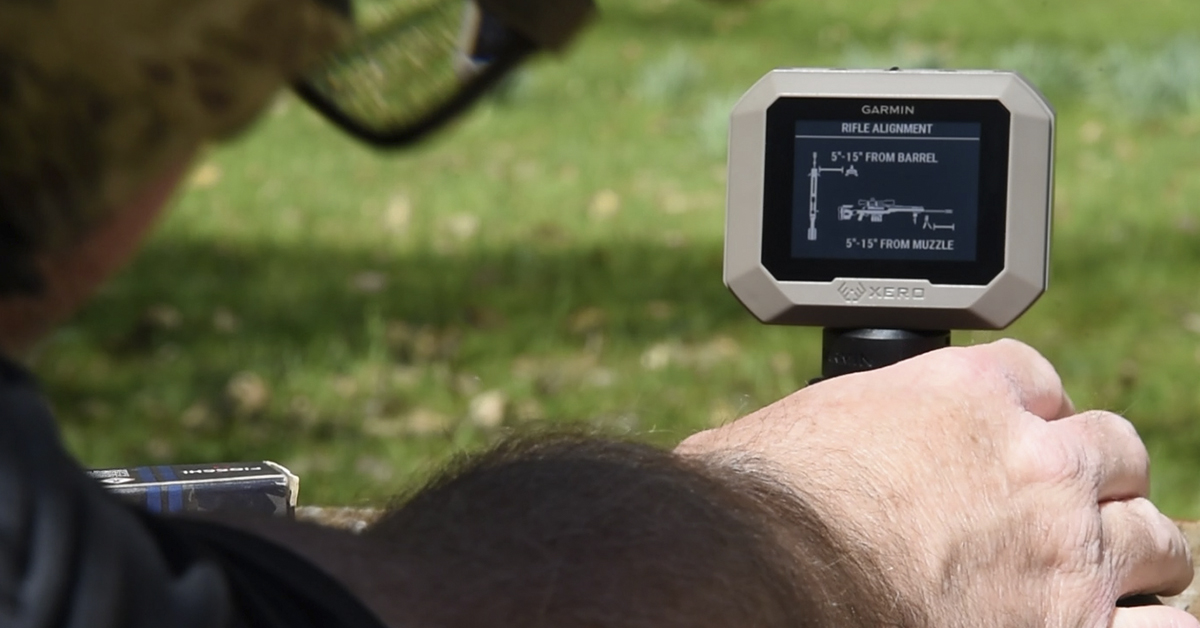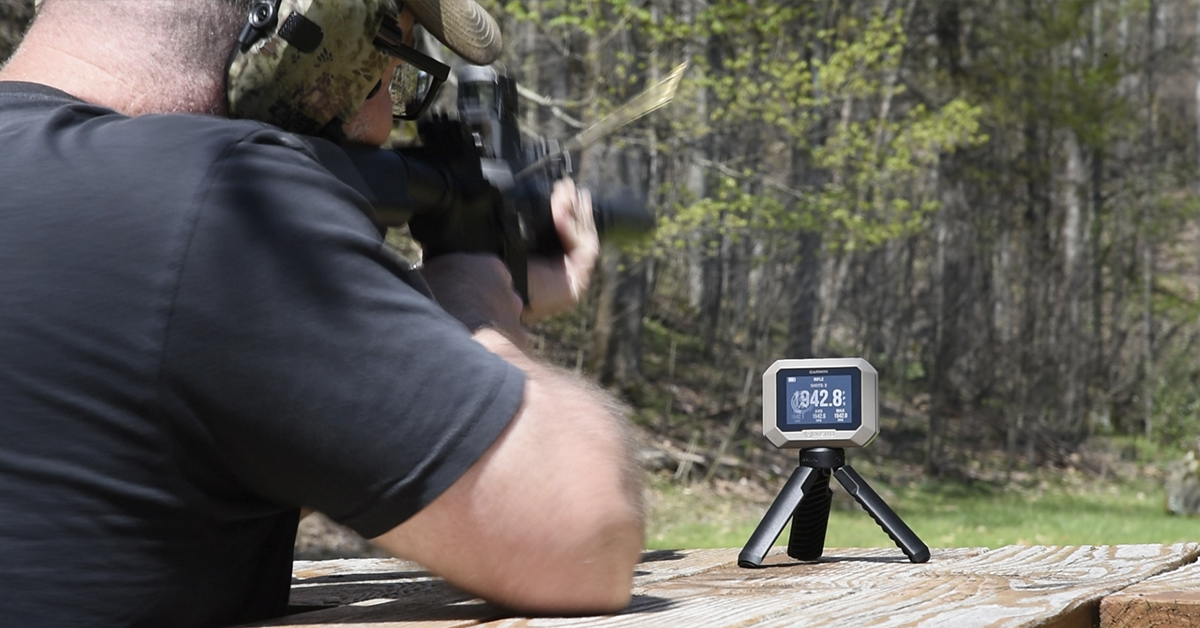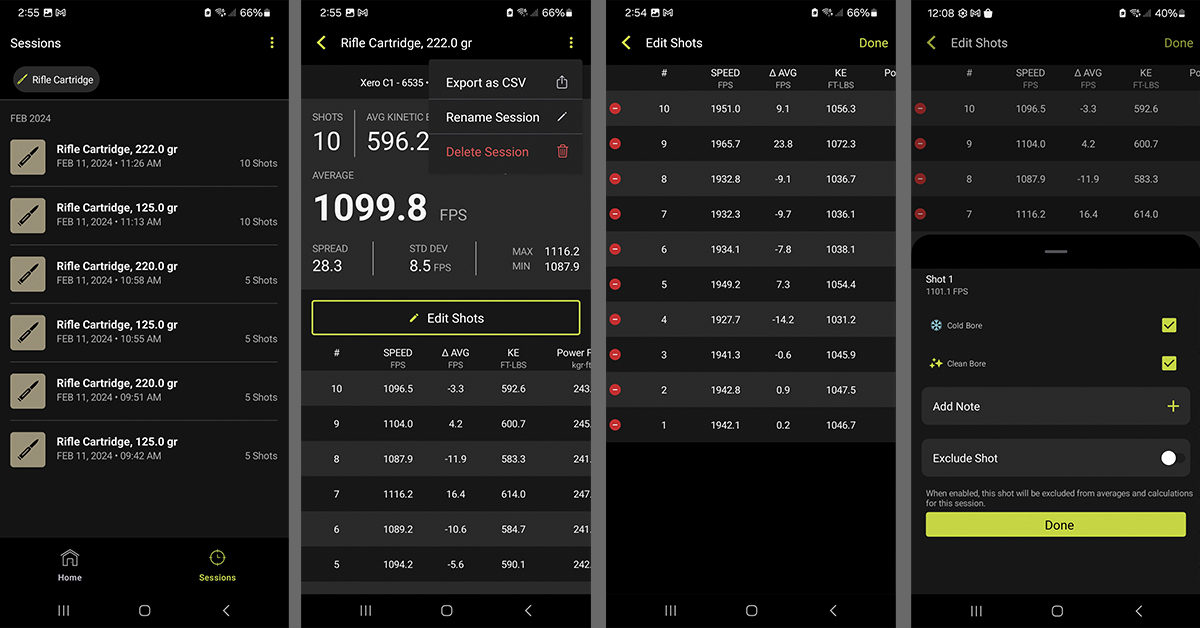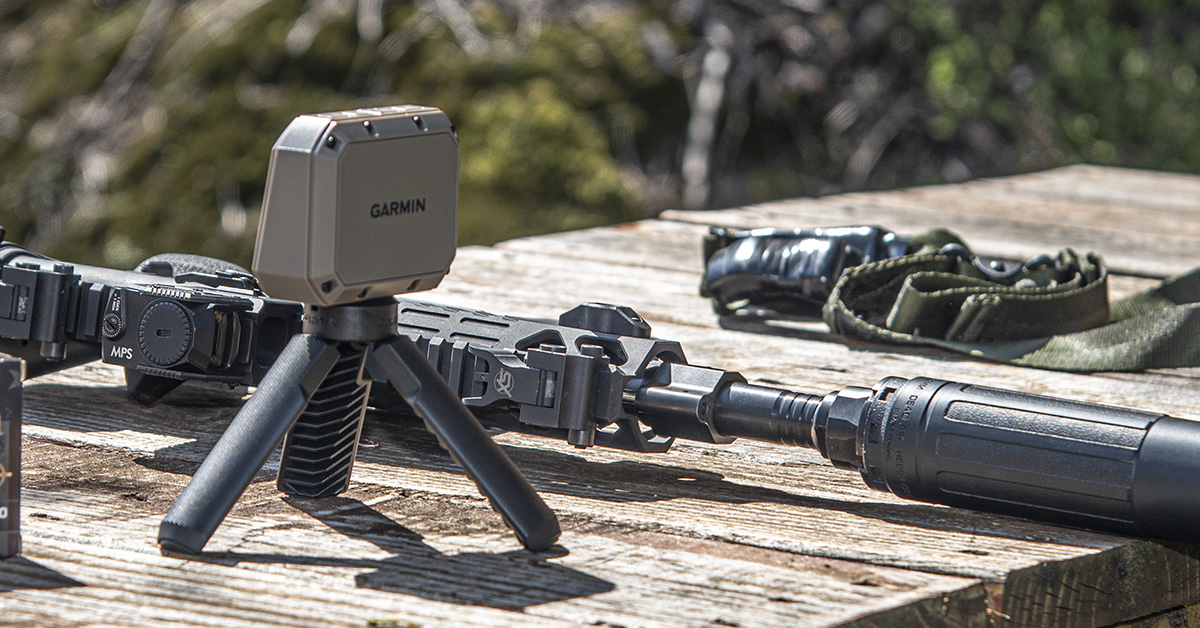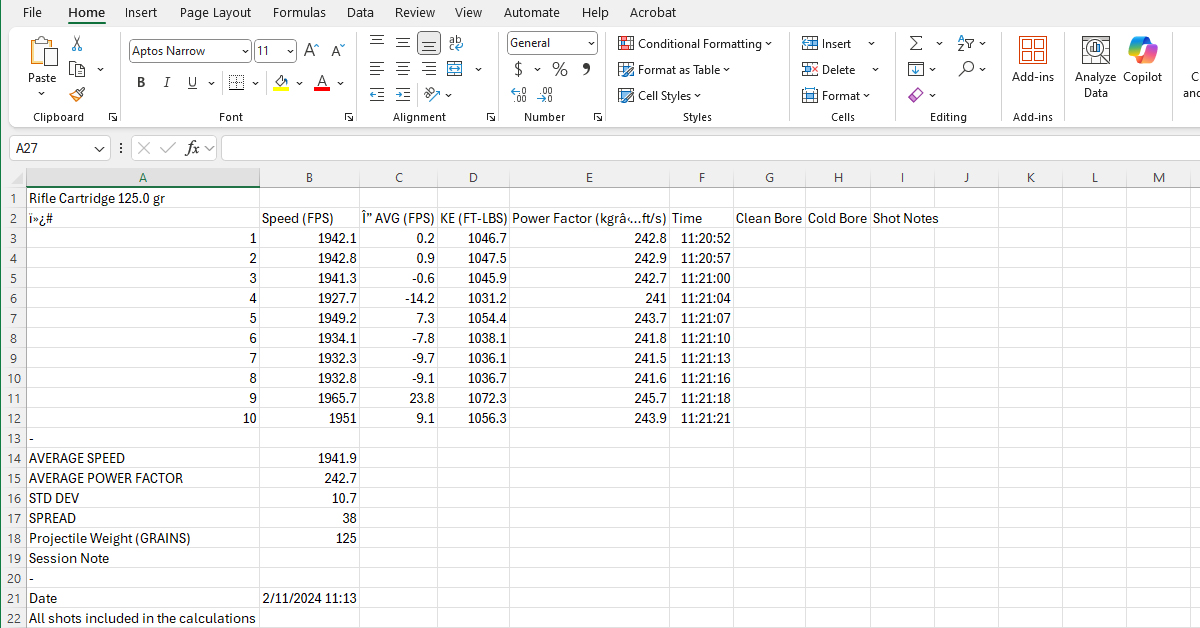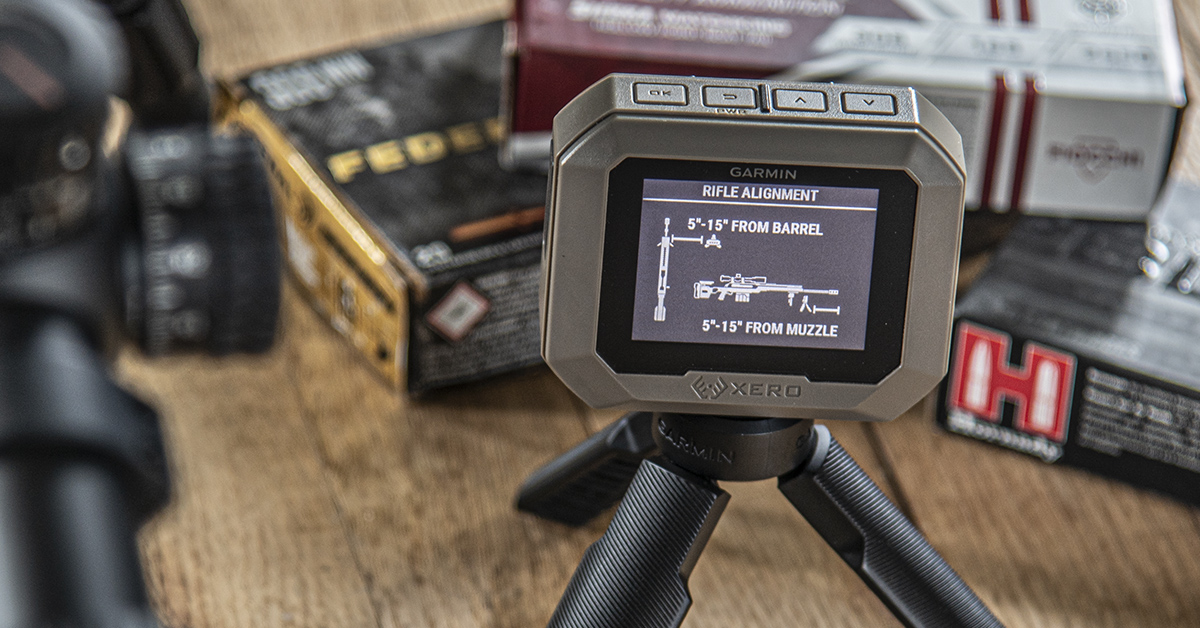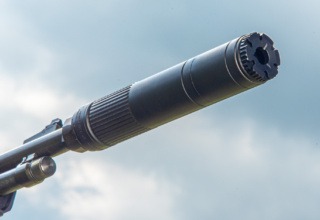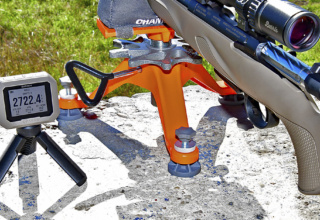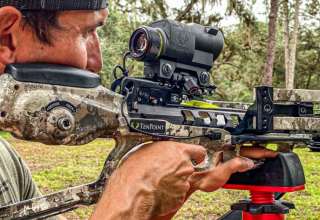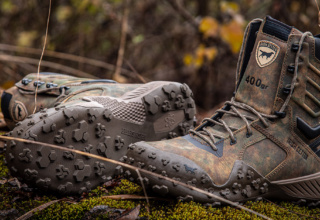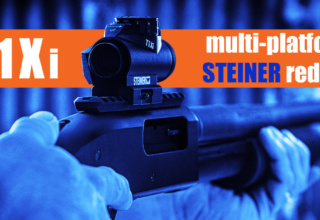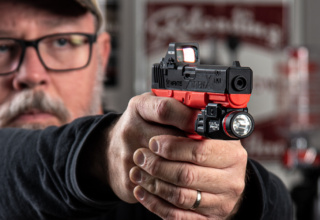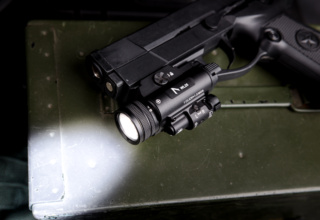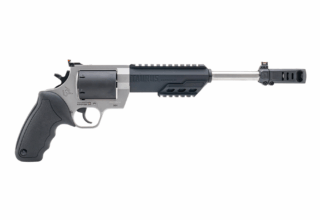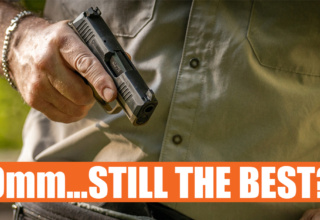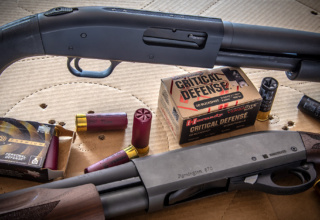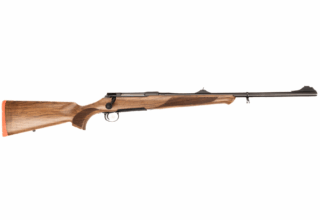Powerful, easy to use, and super compact, Garmin’s Xero C1 Pro Chronograph is the ideal velocity measurement solution for those looking to zero in on ammunition and firearm performance
by Rob Reaser
We have discussed many times here how even the smallest and most minute, seemingly inconsequential variables in ammunition and firearm construction, design, and materials can influence accuracy (point-of-impact repeatability). Handloaders are especially keen on this, as are precision shooters and long-range bullseye-chasers. Two of the key measures of firearm/ammunition terminal performance are bullet velocity and the associated kinetic energy.
Consistent velocity is elemental to accuracy. Radical changes in bullet velocity (expressed as standard deviation) from a given ammunition loading, for example, will typically result in larger group sizes at, say, 100 yards compared to a loading that has a lower SD (less differentiation in fps). Stretch that distance further and the groups grow ever larger.
Consistent Velocity
That’s why it is important to know your ammunition of choice is loaded to exacting standards. Buy a box of ammo or use a brand that exhibits a wide standard deviation between cartridges and the results for the discerning shooter will be disappointing. Deviations in bullet velocity and weight can also affect barrel harmonics, which contributes to reduced accuracy. The point is, if you don’t know your ammunition is performing predictably (accurately), how can you run down other potential accuracy problems? Is it the rifle barrel, poor barrel-to-action fitment, a loose barreled action, poor scope mounting, a faulty optic, shooter error, or something else? The list can be a long one. Best to eliminate the ammunition variable right from the start by ensuring your ammo is consistent.
Engineered Expansion
Predictable kinetic energy, which is a product of bullet velocity and weight, is also important — especially for hunting ammunition. Bullet manufacturers engineer their projectiles to expand in specific ways in the target media to achieve specific results. This is based largely on the amount of energy the bullet carries when it impacts the target. Manufacturers engineer most bullets to expand predictably when they hit the target at a specified velocity range. Too fast and the bullet may come apart without ample penetration and energy transfer. Too slow and adequate expansion may never happen, leading to wounded game or poor blood trails.
Why not rely on the ballistic data on the ammo box or use the manufacturer’s online ballistic resources? First, such info doesn’t usually include standard deviation, so there is no way to know the cartridge’s velocity consistency. Second, the barrel in your gun (construction, length, muzzle device, et cetera) will likely be different than the manufacturer test barrels used to derive the published data.
So, how is the shooter to know their chosen ammunition will perform to expectations in the real world with a specific firearm?
Why Would You Want a Chrono?
That’s where a chronograph comes in. Once the hallmark equipment of handloaders and ultra-driven target shooters, chronographs — which are used to determine bullet velocity, derive terminal energy calculations, and reveal a bullet’s ballistic coefficient (bullet efficiency when moving through the atmosphere) — have come to the masses in recent years with the integration of rather sophisticated radar-based systems. Forget about the old-school “loop-style” chronographs with light or electromagnetic triggers that were often a pain to setup. We’re talking about chronos that tap the power of doppler radar — small, single component units that are easy to set up, super accurate, and capable of distilling needful date with no math required on the part of the user.
One of the newest and best units on the market today is offered by a company that has long held a solid reputation for bringing advanced technology into the outdoor sports arena — Garmin. Specifically, we’re talking about the Garmin Xero C1 Pro.
Garmin Xero C1 Pro
The Xero C1 Pro is an ultra-compact chronograph that uses doppler radar technology to measure projectile speed with velocities of 100 to 5,000 feet per second (fps). As such, it covers most any application, from air rifle pellets and arrows to pistol and centerfire rifle bullets.
The unit literally fits in the palm of your hand and comes with a collapsible tripod that screws into the bottom of the housing by way of a standard 1/4-20 threaded tripod bushing. The small footprint is ideally sized, taking up little space on an otherwise crowded shooting bench.
Operation is as easy as it gets. The user interface consists of four buttons that power the unit on and off and allow you to scroll through the menu to select your custom settings. The viewing screen is sizeable and is adjustable for black-on-white or white-on-black display, and there are four backlight intensity settings, all of which ensure high visibility on the range regardless of ambient light conditions.
Power comes via an integrated rechargeable lithium-ion battery. Simply plug a power source into the USB-C port in the side of the chassis. The fully charged battery is good for about six hours of operation or around 2,000 shots, according to Garmin.
Easy Setup
Setting up the Xero C1 Pro is quick. Begin by selecting the velocity range of the projectile.
If you want to record kinetic energy and power factor (bullet weight multiplied by bullet speed), enter the bullet weight into the Xero C1 Pro. That’s all the data input required. Since this chrono does not capture downrange velocity when positioned at the muzzle (maybe Garmin will come out with a Xero C2 Pro with this feature in the near future), there are no distance intervals to be inputted during the setup.
Furthermore, the Xero C1 Pro has automatic radar configuration, whereby it automatically selects a free channel (frequency) in case other radar units are being used on a crowded range.
Unlike some radar units, the Xero C1 Pro does not require manually setting the offset position. Instead, an on-screen graphic prompt tells you where to place the unit for proper alignment relative to the firearm.
And that is all there is to the setup. You can go from zero to ready-to-roll in under a minute.
In the Field
We were amazed at how quickly the Xero C1 Pro registers and processes the shot data. If you look closely at the display screen above, you can see it transitioning to the recorded shot data even though the ejected cartridge case has barely left the rifle’s ejection port. Crazy fast!
As you would expect, Garmin developed their ShotView app to work with the Xero C1 Pro. The unit pairs to your mobile device so that you can examine and edit the data at the bench. This program also allows you to delete shots from within a session and make notes on the individual shots. You can even pause a session and return later.
As mentioned previously, the Xero C1 Pro does not provide downrange velocity/energy data when you position the unit near the muzzle. In other words, it does not reveal speed and energy at specified distances from the muzzle. Although it is a bit tedious, you can collect downrange data to measure BC (ballistic coefficient) and kinetic energy downrange by turning on the Downrange Mode in the Xero C1 Pro’s Pro Settings feature and placing the unit at the distance you want to collect this data. It’s not a terrific option if you are on a public shooting range, and you want to make sure you don’t accidentally hit the unit, but it is doable.
Another feature available through the ShotView app is the ability to transfer all shot data to another device for printing or archiving. The app exports the data as a .CVS file, allowing you to email it, print it, or store it elsewhere.
In sum, Garmin did the shooting sports world a solid with the Xero C1 Pro. Here is a chrono tool that serves handloaders, hunters, competition shooters, and anyone who wants to drill down on their ammunition performance and tune their gear for maximum proficiency and terminal results. It is easy to use, convenient to transport and set up, and an essential ingredient in the pursuit of accuracy.

